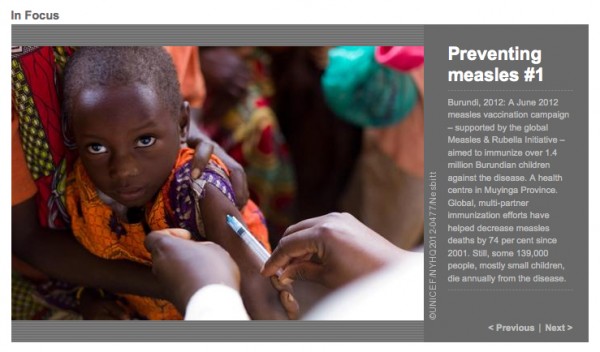I’m amongst the many thinking about something that happened this last week in South African journalism. On September 19, 2012 a digitally altered photograph was published on the front page of The Citizen, a national newspaper. Bodies seen in the debris of the blast in Kabul in the original wire photo by AFP, were removed in The Citizen’s reproduction of the photo.
SEEN – life’s quirks, objects found and scenes seen
SEEN is from a Tumblr feed, a space for the expression of personal photographs by Christine Nesbitt Hills. Please click here to visit the website, or click on the thumbnails below.
“Ntsika: The Pillar tells the story of the education crisis in black schools in South Africa today. It tracks a year in a typical black school – typical except for the fact that a new principal has just arrived – a white woman in her fifties who has resigned as principal from a successful well-resourced school in the suburbs.
This short film outlines the goals and proposed working methods of the African Woman Alliance.
Maternal and child health care in the Eastern Cape, South Africa
In South Africa, maternal mortality has more than quadrupled over the past decade. Women in rural areas bear the brunt of these statistics due to lack of transport, and inaccessible facilities. It seems likely that South Africa may not achieve the Millennium Development Goals relating to a declining maternal and under 5 mortality rate.

